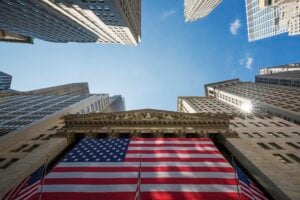Tim Pickering on Managed Futures, Part 2
Here’s part two of my interview with Tim Pickering, president of Auspice Capital Advisors, who manages both the Horizons Auspice Managed Futures Index ETF (HMF) and the iShares Broad Commodity Index Fund (CBR). You can read part one here. Managed futures has traditionally been a hedge fund strategy, used mostly by institutions. Can it really [...]










